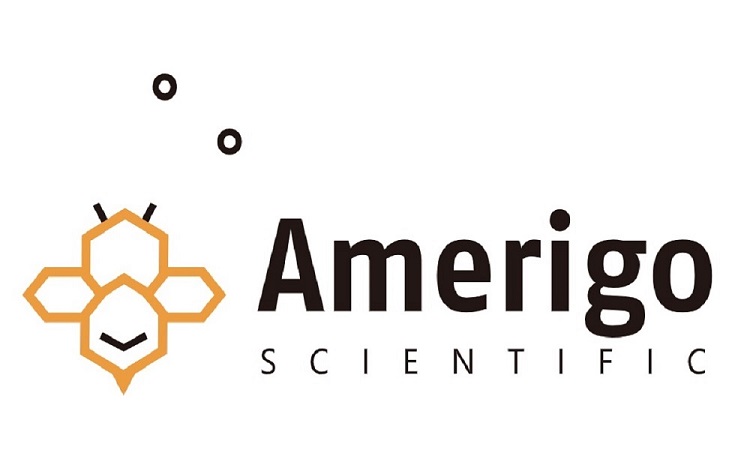Amerigo Scientific
Viscosities of binary mixtures of 2-bromobutane and the isomeric forms of butanol have been evaluated at 298. 15 and 313. 15K. 2,2-dibromobutane, meso-2,3-dibromobutane and dl-2,3-dibromobutane are formed as major photobromination reaction products, during its reaction with molecular bromine. Smaller yields of 1,2-dibromobutane and 2,2,3-tribromobutane are also obtained in this reaction. 2-Bromobutane is an alkyl halide. […]
More Information
Supplier Page
Amerigo Scientific
2-Bromoethyl ether (2,2′-Dibromodiethyl ether) is a halogen containing ether. 2,2′-Dibromodiethyl ether has been prepared by reacting dioxane with anhydrous, bromine free hydrogen bromide.
More Information
Supplier Page
Amerigo Scientific
Kinetics of potassium iodide exchange reaction with 2-bromoethyl methyl ether in acetone at 15 and 25°C has been investigated.
More Information
Supplier Page
Amerigo Scientific
2-Bromofluorene is a nonintrusive end-capping reagent to control molecular weights and to generate well-defined oligomers.
More Information
Supplier Page
Amerigo Scientific
The reaction of 2-bromohexanoic acid (2-bromocaproic acid) with 6-(5,6-dipentyl-1,2,4-triazin-3-yl)-2,2′-bipyridine and Cm(III) was studied.
More Information
Supplier Page
Amerigo Scientific
Reaction of 2-bromonaphthalene with cuprous cyanide in N-methylpyrrolidone has been investigated. Nanosecond time-resolved resonance Raman spectra of the T1→Tn transition of 2-bromonaphthalene in methanol solvent has been investigated.
More Information
Supplier Page
Amerigo Scientific
2-Bromooctanoic acid is an effective substitute for the expensive (2,000 times) and cell-growth-inhibiting polyhydroxyalkanoic acid synthesis inhibitor, cerulenin. It blocks the formation of polyhydroxyalkanoic acid in Pseudomonas fluorescens BM07 without any influence on the cell growth when grown on fructose. It inhibits β-oxidation of fatty acids in perfused rat liver and in mitochondria isolated from […]
More Information
Supplier Page
Amerigo Scientific
2-Bromophenethyl alcohol is a phenethyl alcohol derivative. It participates in the preparation of novel P-chirogenic phosphines with a sulfur-chelating arm (P*,S-hybrid ligand).
More Information
Supplier Page


